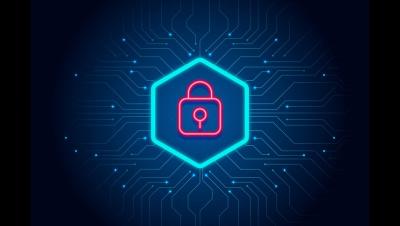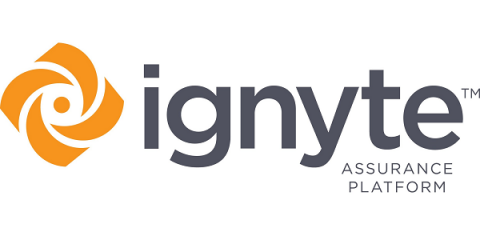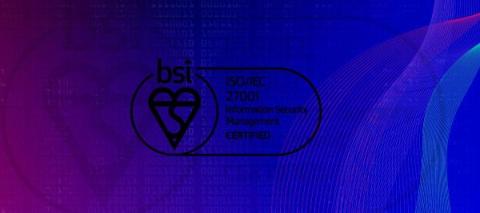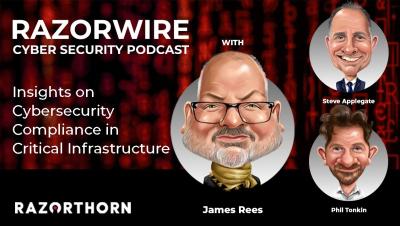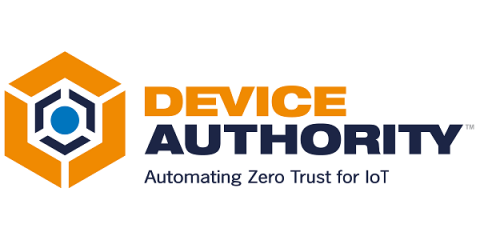ISO 27002: Information Security Controls Explained
In the race to execute digital transformation strategies, the rear-view mirror never fails to shake off the looming cyber threats that are a significant stumbling block to any organizational objectives. Today, nearly 48% of organizations are experiencing more cyberattacks than the previous year.



